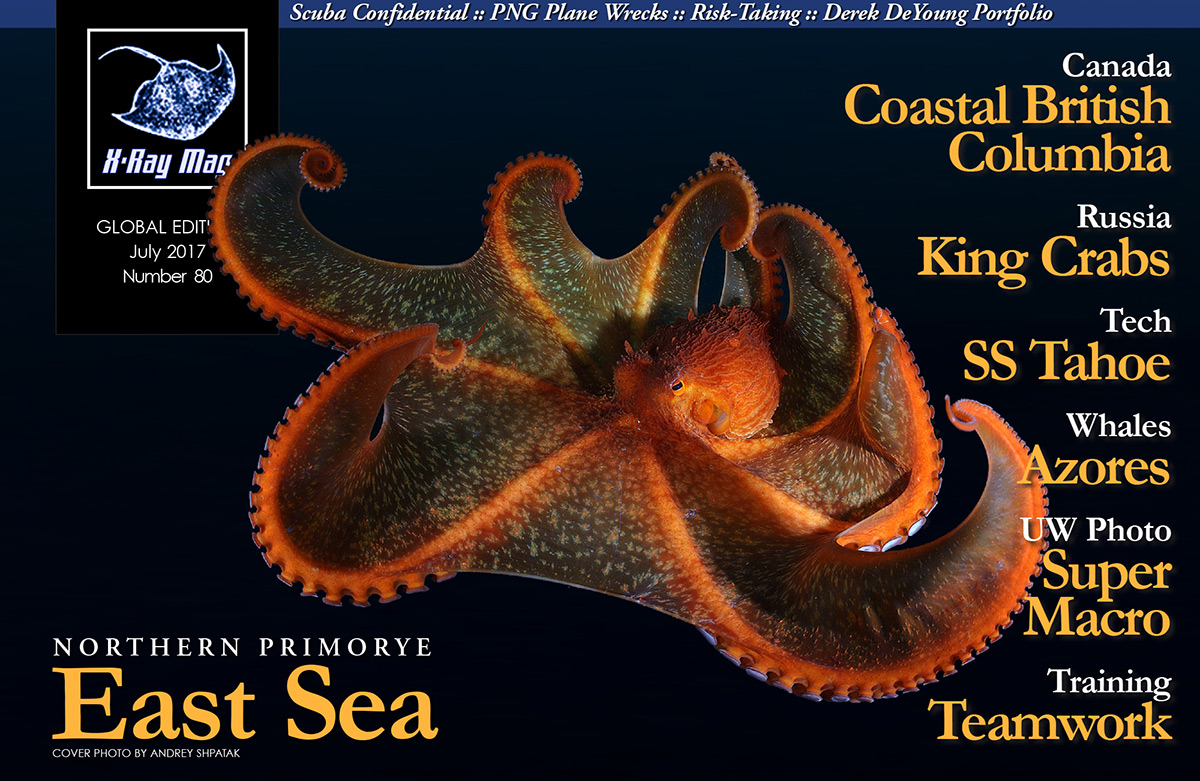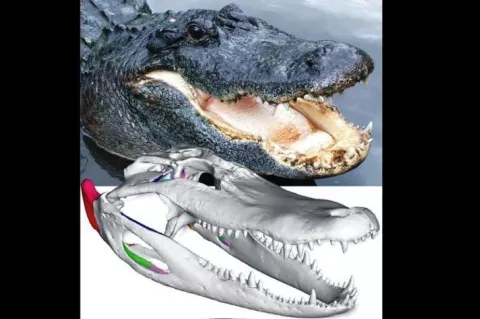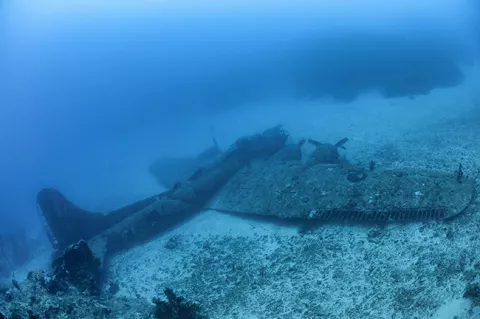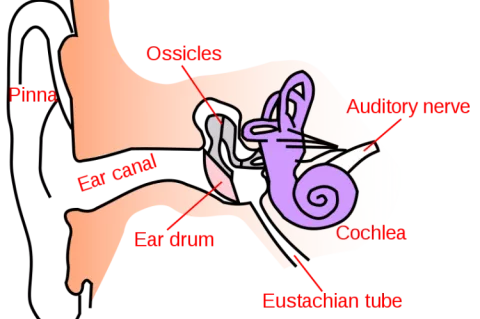3-D models of alligator skull developed
Studying the origins and movement of animals often requires the presence of live animals. However, this is not always possible (in the case of extinct species), safe or practical. In such cases, scientists now have another option: developing three-dimensional models of the animal.
This is what the researchers at the University of Missouri (MU) and the University of Southern Indiana have done. Using cutting-edge imaging and computational tools, they have developed three-dimensional models of the skull of the American alligator.
Aircraft Wrecks of Papua New Guinea
World War II came to the Australian territory of Papua New Guinea in January 1942 when the Imperial Japanese Army invaded Rabaul in New Britain, followed shortly after by the taking of Kavieng in New Ireland. The invasion turned Papua New Guinea into a major theatre of war in the battle for the Pacific, and there were many brutal encounters between the invading Japanese and the defending Allied forces.
DDRC launches diving ear survey
Ear health problems are one of the most commonly reported issues by divers. Problems can range from a relatively simple condition, for example, “swimmers ear,” to a more serious condition such as barotrauma, which can result in lasting damage to the ear.
Currently, anonymous field data is sparse, therefore Devon-based DDRC is hoping to find out what type of ear problems are most frequently encountered whilst diving if any medical advice was obtained; and if not, what was the outcome.






